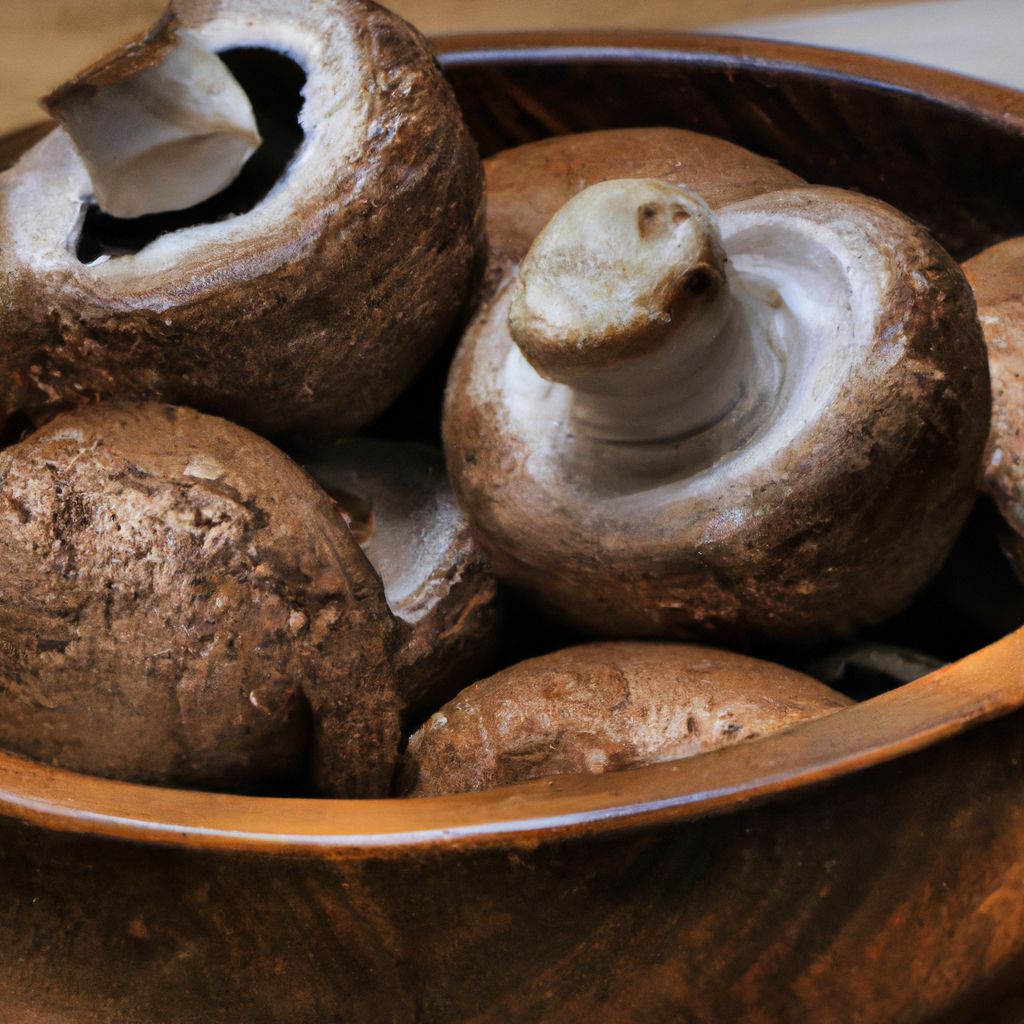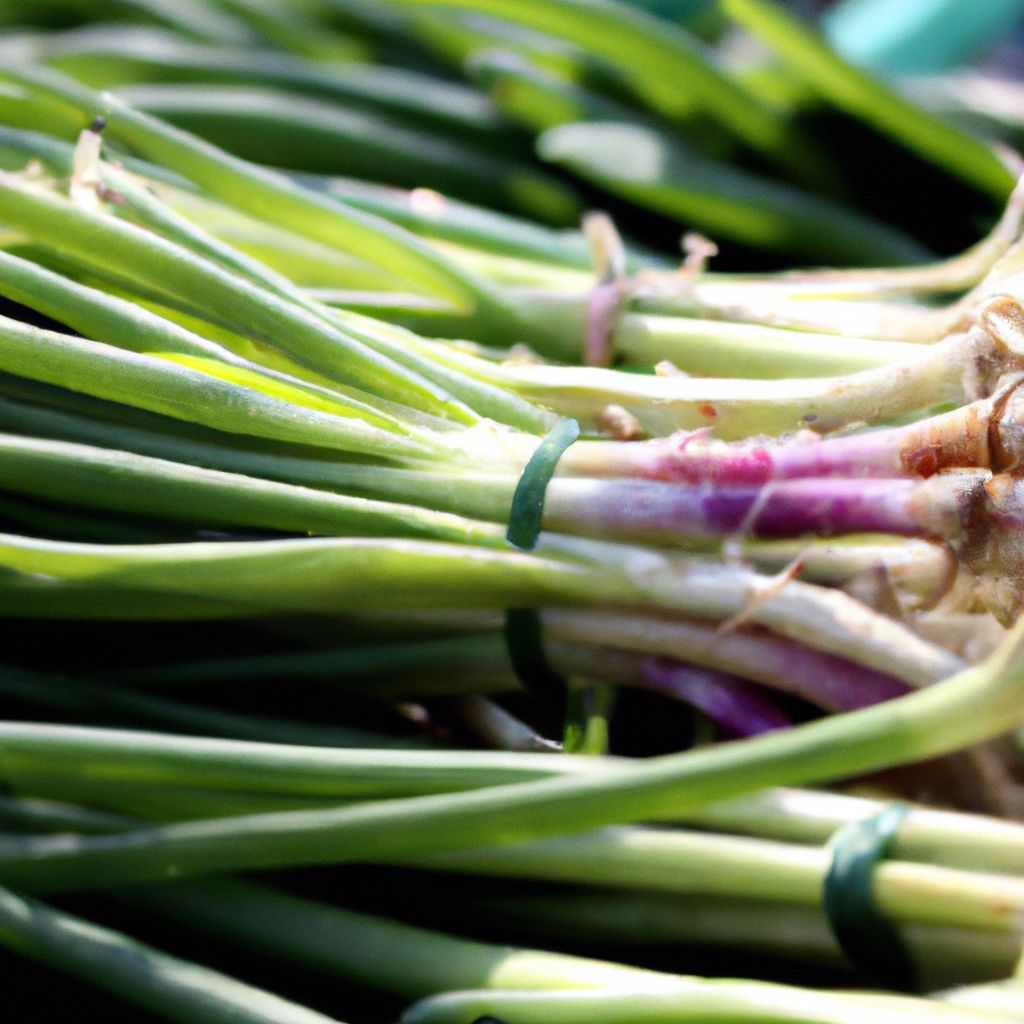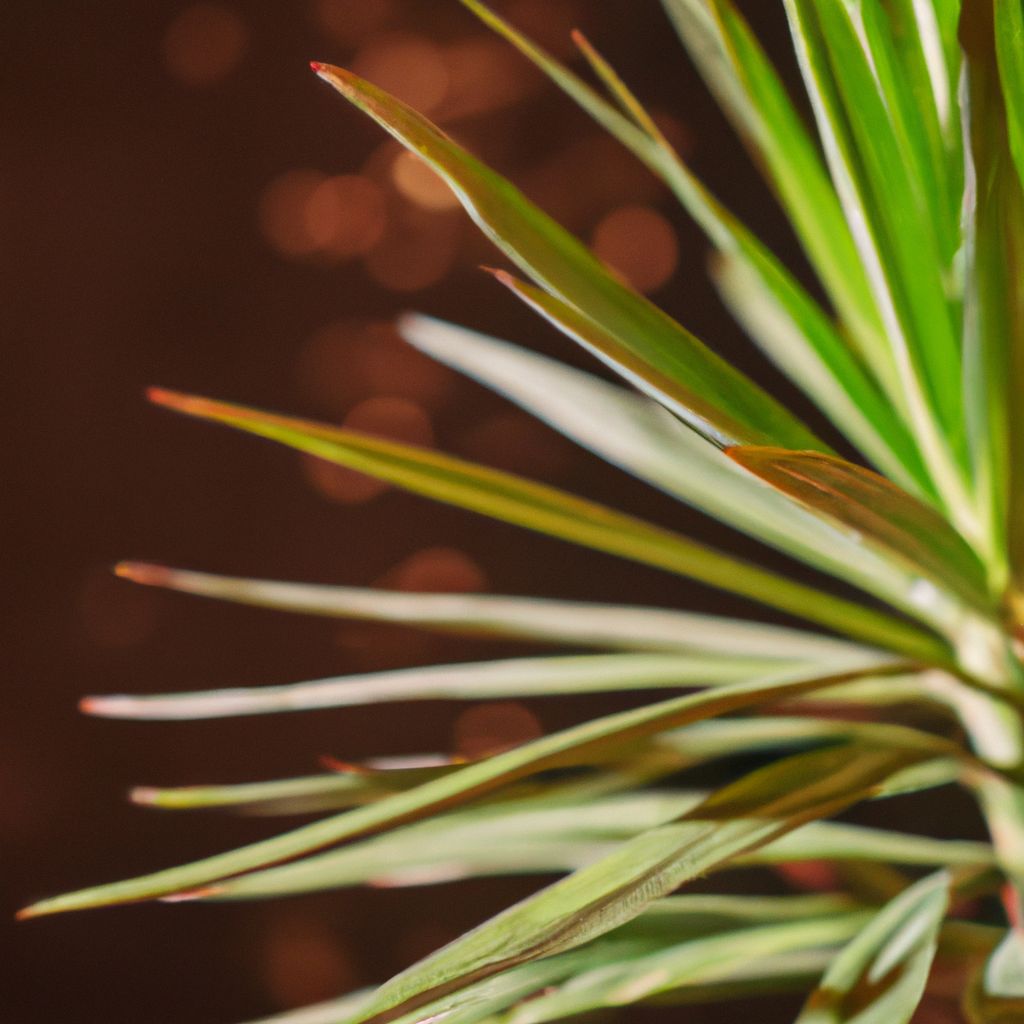Growing portobello mushrooms at home can be a fun and rewarding gardening project for beginners. The meaty, earthy flavor of homegrown portobellos is well worth the effort. This comprehensive guide covers everything you need to know to get started cultivating portobello mushrooms indoors or outdoors.
Start Growing Portobello Mushrooms at Home!
There are many great reasons to try your hand at growing portobello mushrooms right in your own home:
- Fresh mushrooms anytime. One of the best perks is having access to fresh portobello mushrooms from your home garden whenever you want them. You don’t have to worry about buying mushrooms that are past their prime.
- Save money. Purchasing portobello mushrooms from the grocery store on a regular basis can get expensive. Growing your own is much more cost-effective in the long run.
- Control quality. You have complete control over the mushroom growing process from start to finish when you cultivate them yourself. That means no harmful chemicals or pesticides.
- Sustainable gardening. Growing food yourself is one of the most environmentally friendly ways to garden. You reduce your carbon footprint by eliminating transportation, packaging, and waste.
- Educational and fulfilling. Mushroom cultivation is an incredibly interesting process to learn. Plus, it’s deeply satisfying to grow and harvest your own food.
- Delicious mushrooms. Nothing beats the flavor of portobello mushrooms fresh from your garden. You can harvest them at the perfect stage for optimal taste and texture.
Getting Started with Growing Portobello Mushrooms
If you’ve decided to embark on growing portobello mushrooms at home, there are a few key supplies you’ll need to get started:
Selecting the Right Containers
Choosing appropriate containers is an important first step. Consider the following factors:
- Size: Select wide, deep containers, at least 6 inches deep. This gives mushrooms room to grow.
- Material: Plastic or glass containers provide good insulation and moisture retention.
- Shape: A wide, shallow shape allows for better airflow.
- Drainage: Make sure containers have drainage holes to prevent waterlogging.
- Lids: Clear, translucent lids help maintain humidity levels.
- Cleaning: Sterilize containers before use to remove contaminants.
Obtaining Portobello Spores or Spawn

Next, you need to purchase mushroom spores or spawn. This is what you will use to grow the mushrooms:
- Mushroom spores are reproductive cells that spawn new mushroom growth. They allow you to grow mushrooms from scratch.
- Spawn is mushroom mycelium used to propagate mushrooms. It offers quicker results than spores.
For beginners, most experts recommend starting with portobello mushroom spawn. Spores take more expertise to grow successfully. Whichever you choose, make sure to obtain them from a reputable supplier.
Preparing the Growing Medium
Mushrooms require a nutrient-rich medium to grow in. The best mixture for portobellos is:
- 50% compost
- 40% straw
- 10% gypsum
The compost and straw provide food for the mushrooms. Gypsum helps aerate the medium and retain moisture. Make sure the medium is moist but not soaked. Sterilize it before use as well.
Providing Proper Light and Ventilation
Proper environmental conditions are vital for mushroom cultivation:
- Light: Portobellos need indirect sunlight or full spectrum grow lights. Avoid intense direct sunlight.
- Ventilation: Fresh airflow prevents stagnant air and potential mold growth. Use fans if needed.
Preparing the Portobello Growing Environment
Once you have all the materials, it’s time to create the ideal growing environment for your portobello mushrooms.
Building the Mushroom Bed
Follow these steps to build your mushroom bed:
- Fill the bottom of your sterilized container with 2-3 inches of moist growing medium.
- Evenly distribute the mushroom spawn or spores over the bed.
- Cover the spawn with another 1-2 inches of moist medium.
- Gently press down to ensure good contact between the spawn and medium.
- Mist the bed with water as needed to maintain dampness.
Controlling Temperature and Humidity
Mushrooms thrive in consistent warm temperatures and high humidity:
- Temperature: Ideal range is 65-75°F. Insulate the area and use heaters or cooling devices to maintain it.
- Humidity: Portobellos need 80-90% humidity. Mist frequently, use a humidifier, or cover with plastic.
Ensuring Proper Air Circulation
Good airflow prevents mold growth and stale air:
- Position containers in a well-ventilated area.
- Use fans or open windows to keep air circulating.
- Avoid overcrowding. Leave space between mushrooms for airflow.
Planting and Caring for Portobello Mushrooms

Once your mushroom bed is prepped, it’s time to introduce the spawn or spores and nurture the mushrooms as they grow.
Inoculating the Growing Medium
Follow these steps whether you are using spawn or spores:
- Moisten the prepared growing medium so it is damp but not soaked.
- Evenly distribute the mushroom spawn or spores over the surface.
- Gently press the spawn/spores into the medium so they make good contact.
- Cover and place the container somewhere warm to incubate.
- Check moisture levels frequently and mist with water as needed.
Maintaining Proper Moisture
Consistent moisture is crucial for mushroom growth:
- Water adequately to keep the medium moist but not waterlogged.
- Use a humidity tent or plastic dome over the mushrooms to boost humidity.
- Mist the mushrooms and growing area regularly to maintain humidity.
- Check moisture levels often by feeling the medium.
- Ensure the growing area has proper ventilation to prevent excess moisture buildup.
Providing Adequate Light
Mushrooms need consistent lighting to grow properly:
- Place containers in a sunny location or use full spectrum grow lights.
- Position artificial lights 12-18 inches above the mushrooms.
- Provide 12-16 hours of light per day.
- Monitor heat from grow lights to prevent overheating.
Checking for Pests and Diseases
It’s important to frequently check for any potential issues:
- Carefully inspect the mushrooms and growing medium for signs of pests or disease.
- Act quickly to treat any pests you find with organic pesticides.
- Maintain cleanliness in the growing area to deter pests.
- Apply preventative beneficial fungi/bacteria to help avoid diseases.
- Monitor humidity, as high levels can encourage fungal diseases.
Harvesting and Storing Homegrown Portobellos
In just 10-12 weeks, your portobellos will be ready for picking! Here are tips for harvest and storage:
- Harvest mushrooms when the caps reach 4-6 inches diameter. Gently twist to remove from the medium.
- Brush off any debris, but don’t wash mushrooms until ready to cook.
- Place harvested mushrooms in paper bags or mesh bags. Avoid plastic, which traps moisture.
- Refrigerate mushrooms as soon as possible, ideally within 2 hours of harvesting.
- Store portobellos in the fridge for up to one week. For longer storage, freeze them.
Enjoying Your Freshly Harvested Portobellos
Once you’ve grown and harvested your first batch of portobellos, it’s time for the best part – eating them! Here are some tasty ways to put your mushrooms to use:
Grilled Portobellos
Grilling brings out the rich, earthy flavors of portobellos. Simply brush the caps with olive oil, season with salt and pepper, and grill for 5 minutes on each side until nicely charred. The high heat caramelizes the natural sugars in the mushrooms, enhancing their savory umami taste.
Baked Portobello Caps
Transform your mushrooms into a hearty vegetarian entrée. Scoop out the stems, fill the caps with a savory breadcrumb mixture, then bake until hot and bubbly. Try stuffing them with a blend of breadcrumbs, Parmesan, fresh herbs, and garlic. The juicy portobello caps become bowls brimming with cheesy goodness.

Sautéed Portobellos
Quickly cook sliced portobellos in a pan with olive oil and garlic. The mushrooms will release their moisture as they cook, taking on a tender texture and concentrated flavor. Fresh herbs like thyme, rosemary or chives add a nice pop of flavor. Sautéed portobellos are delicious served over pasta, eggs, salads, or grains.
Portobello Mushroom Burgers
Skip the beef and turn meaty portobellos into satisfying vegan burger patties. Grill or pan fry them, then pile high with all your favorite toppings. Their rich umami flavor pairs perfectly with cheese, tomatoes, onions, avocado and zesty sauces. Portobello burgers are a nutritious, vegetarian alternative to traditional hamburgers.
Portobello Pizza
Take pizza night to the next level by topping your homemade pie with sliced portobellos. Their texture and earthiness beats out bell peppers or mushrooms from a can any day. Scatter them over pizza along with other veggies like spinach and onions, or combine with pepperoni for an extra savory mushroom pizza.
Portobello Fajitas
Sliced, seasoned and grilled portobello mushrooms make for amazing vegetarian fajitas. Mix the portobellos with sautéed peppers and onions, pack into tortillas and top with all your favorite fixings like guacamole, salsa and cheese. The marinated, grilled mushrooms offer a meaty texture that truly satisfies.
Portobello Tacos
Similar to fajitas, marinated and grilled slices of portobello can be an incredible taco filler. Pile the juicy mushrooms into warm corn tortillas along with shredded cabbage, avocado and a zesty sauce or salsa. Portobello tacos are easy to make, packed with nutrients, and offer a fresh take on a Mexican favorite.
Common Portobello Mushroom Growing Issues and Solutions
While growing your own mushrooms is very rewarding, you may encounter some common issues along the way. Here’s how to troubleshoot them:
Contamination from other fungi
If you notice other mold or fungi growing, remove them right away to prevent them from spreading. Sterilize the growing area. Be on the lookout for green, black or blue fuzzy mold.
Poor fruiting due to low humidity
Humid conditions are crucial for mushroom growth. Increase humidity by misting more frequently or placing water trays nearby. Aim to keep the humidity around 80-90%.
Insect infestations
Use natural insect repellents like neem oil or introduce beneficial predatory insects if you spot pests. Covering beds with mesh can also help protect against insects. Watch for sciarid flies and mites which can damage mushrooms.
Yellowing mushrooms due to insufficient light
Ensure the growing area receives 4-6 hours of sunlight daily or use full spectrum grow lights to provide adequate light for mushrooms. The caps of mushrooms will appear pale yellow if deprived of light.
Uneven fruiting
This often happens when moisture levels are inconsistent. Check that you are watering evenly and that the growing medium maintains uniform moisture. Uneven moisture encourages mushrooms to grow sporadically.
Dark spots indicating mold or bacteria
Promptly remove affected mushrooms to prevent spreading. Improve air circulation and reduce humidity levels if mold is a problem. Dark brown or black bacteria spots are another common mushroom ailment to watch for.
Frequently Asked Questions About Growing Portobello Mushrooms
If this is your first time cultivating mushrooms, chances are you have some questions. Here are answers to some of the most common queries from beginner mushroom growers.
How long does it take to grow portobello mushrooms?
It takes 10-12 weeks from inoculating the growing medium to harvesting fully mature portobello mushrooms. Mushrooms grow quickly once pinning occurs. Be patient for the mycelium to initially colonize the substrate.
Can I grow portobello mushrooms indoors?
Absolutely! Use a water-tight tray and mushroom growing kit. Make sure your indoor growing area meets the needed temperature, humidity, and air circulation requirements. A basement, garage or spare room can work well.
What supplies do I need to get started?
You’ll need containers, growing medium, mushroom spawn or spores, and tools to maintain ideal growing conditions. Many choose to purchase beginner mushroom growing kits that include supplies. At a minimum you need the spores/spawn, substrates, and containers.
Can I grow portobellos in a small outdoor space?
Yes, you can utilize a small raised bed, container garden, or even a box specifically designed for mushroom growing. The key is providing the right moist, shaded environment. A porch or balcony can work if it stays shady.
Where can I buy portobello mushroom spawn or spores?
Many online retailers offer mushroom growing supplies. Check your local garden center too. Purchase from trusted companies, reading reviews when possible. Make sure to buy spawn/spores intended for growing portobello mushrooms.
What is the ideal growing medium?
A mixture of compost and straw or sawdust works very well. Some growers use mushroom growing kits that include customized substrates too. Seek out organic, sterile growing media to prevent contamination.
Growing your own portobello mushrooms is an immensely enjoyable and rewarding DIY gardening project. With proper care and optimal growing conditions, you can enjoy a bountiful harvest of fresh, flavorsome mushrooms.
















































